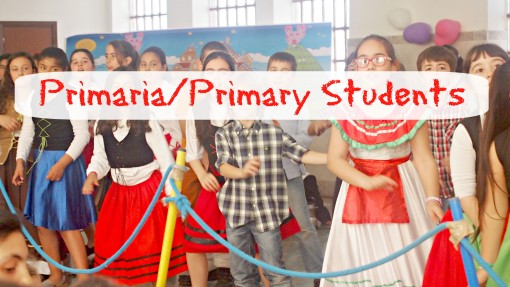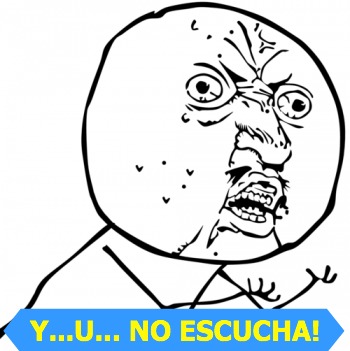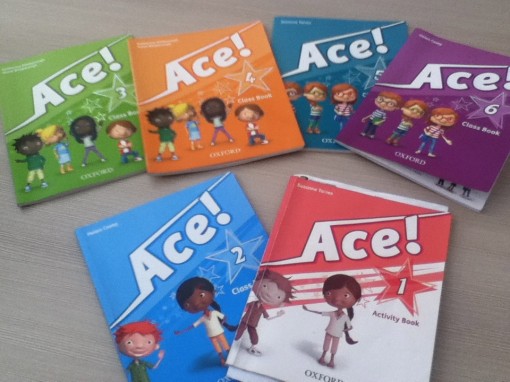Primaria: Primary students
Age range: 6-12 years old
1st of primary: 6 years old
2nd of primary: 7 years old
3rd of primary: 8 years old
4th of primary: 9-10 years old
5th of primary: 10-11 years old
6th of primary: 11-12 years old
Classroom Size: 23-28 students
Classroom dynamics: Their personalities range from class to class. You will find some freakishly shy students and some so obnoxois you will want to quit. But for the most part this level can be very fun and exciting to work with on a personal and educational level.
Teaching: Let’s break it down by likes and dislikes in regards to the groups we like and the group we dislike.
We like:
2nd and 3rd of primary. Why? They are old enough to comprehend using the words they are learning to answer the questions or to complete the activity. They are also still really funny and cute with their inquisitive nature. They work hard and for the most part can pay attention for the entire 55-60 minutes for the class duration.
We dislike:
1st, 4th, 5th, 6th of primary. Why? Various reasons. 6th of primary, while there are some standout stellar students( as with every grade), their change in hormones are commencing at this point and they tend to be quite mute in class. This doesn’t make for a fun learning experience for the teacher nor the student.
5th of primary exhibits the same characteristics as 6th but their behavior is quite disruptive. They will laugh at the sight of the simplest joke. A fly on the white board. Someone sneezes or farts. When another student mispronounces a word.!
Yes they are children…of course WE KNOW THIS!
But GAHT DAMN they can be really UNfocused!!!!
Most times I just think:
4th of primary students just don’t know when to stop talking, talking, talking, talking! Make it a point in the beginning of the semester that the student understands once the step foot in your classroom, they are now in the “ENGLISH ONLY” zone. You only have 1 hour every week with them. It is imperative that they practice and take it seriously.
1st…perhaps it’s the school or the teacher but this class…this 1st of primary CLASS!…they are ALWAYS lost!.
No tienen idea! Nunca, nunca, NUNCA!!
Methods:
The teachers strictly teach from a book. It’s an Oxford series of which you can see a picture below.
Usually you will do the “Listening and Speaking” (or whatever the teacher chooses) and then the accompanying lessons in the activity book.
Easy…Peasy. And yes! It can and will be very boring especially for the students.
Honestly the teacher (spanish co-teacher) can make or break the classes. If you are working with a teacher that provides no assistance, does other work while you lead, this could be a very bad situation. Especially if there is no classroom management and the students are very rowdy.
The most ideal co-teacher understands that you should run the lessons together. And are present to provide translations when the students are lost which will be 90% of the time.
As I’ve stated before remember you are a language assistant….an auxiliary. You are NOT the TEACHER.
You are there to assist the teacher with speaking and pronunciation (And I would also say function as a cultural ambassador). So you shouldn’t teach the classes alone. NEVER….EVER….EVER!!!!
Teaching primary students are be challenging but it will definitely help you grow as a teacher. Most teachers stick with one or two age groups. Teaching the entire spectrum will enable you to learn which techniques work and which to throw out the window very very quickly.
I hope this gives you a taste of life Teaching Primary Students. Just remember this is my experience and yours will be different!
Have fun!!!!



[…] with perpetually displeased teenagers? TravelingNatural has some great insight on working with primary and infantil ages in the BEDA […]